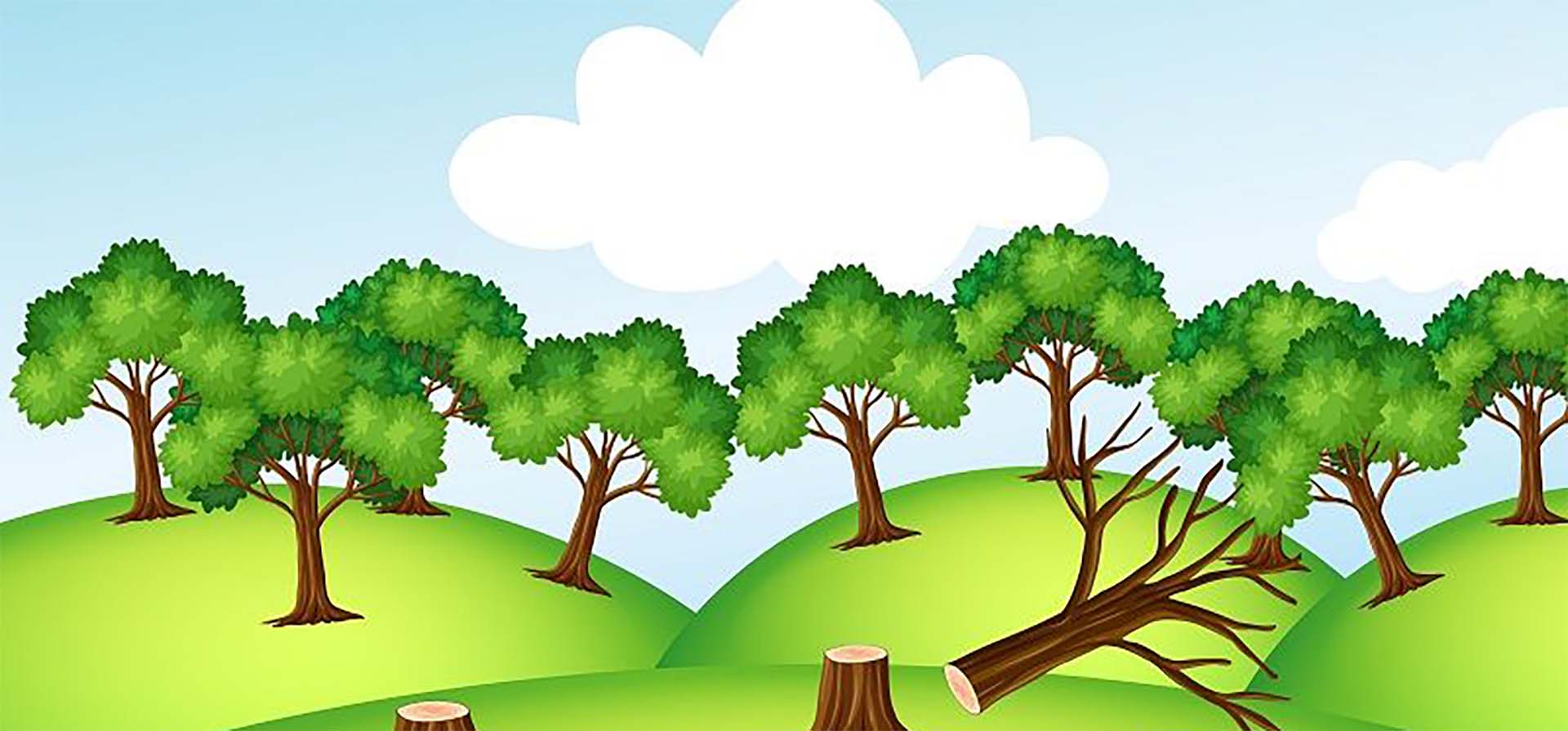Kuleh Huseein*
Ama duggan hin argine, ama qillansa hin argine is an Oromo proverb which translates to mean 'if individuals do not engage with the environment or understand it, they may overlook its advantages or resources'. It emphasises on the essential value of protecting and preserving the natural elements of the earth for the benefit of both the current and the future generation.
The Oromo are the largest Cushitic ethnic group in East Africa and are predominantly found in Kenya and Ethiopia. They live in arid and semi-arid areas and are majorly pastoralists with the exception of a few who practice agriculture. Over the generations, they have entirely depended on the environment for their survival. The Oromo culture interweaves a narrative of respect for the environment, community values and ethical principles.
By delving into the significance of the Oromo philosophy in shaping beliefs and practices related to the environment, we can convey a rich tapestry of cultural heritage that resonates with sustainable living and interconnects with the natural world. Through the philosophical underpinning of the Oromo people, one can uncover profound insights into how their traditions shape their importance for the environment and guide their ethical conduct.
The Oromo have a well-established Gadaa System, a traditional system of governance that that advocates for environmental protection as one of its core principles and involves the rotation of power among age sets . In addition to the Gadaa System, there were several indigenous laws that were passed throughout the generations to protect the environment. These laws were made by the Gumi Gayo which legislated penalties for environmental offences such as the misuse of water resources.
Among other rules that were upheld in protection of the environment included the prohibition of cutting down sacred trees such as the Thambi also known as Horores (this particular tree uniquely grows within another tree as it cannot survive independently). Culturally, it is still believed that this tree has the power to heal problems such as infertility. Women facing such challenges would tie a piece of cloth on the tree and offer prayers. Additionally, some trees such as Ejers (Oleo Africana) were believed to be sacred, cutting down such a tree was believed to bring disaster to the community. Furthermore, shaking trees such as the Dadach Tree (Acacia Tortilis) to drop its pods for the animals to feed on was prohibited since it was a cultural belief that the community should wait for the wind to blow down the pods. Such beliefs ensure that the community harms no trees.
Myths also played a significant role in the protection of the environment. For instance, it was believed that certain trees were inhabited by spirits and resting under those trees would cause misfortune. Such myths deterred people from destroying trees.
A grazing pattern was established for their livestock, where during the rainy season they would travel far away from settlement areas to locations called Forr or Gadhamoji, depending on water availability. During the dry season they would return to their homes to allow vegetation regrowth in Forr. This grazing pattern was maintained to ensure that the livestock had sufficient water and pasture throughout the seasons.
The water sources were religiously protected for the survival of the Oromo. They refer to water points as a home, therefore, nobody should destroy or invade anybody's home. The wells were considered a sacred place where prayers and ceremonies are held every time after the rains. To prevent pollution around the wells from animal waste, the livestock owners using the well at particular times cleaned the surrounding areas of the wells. This is called the merry concept, a form of pollution control that informs the polluter pays principle.
The Oromo also enhanced the protection of wildlife in that wild animals were given water from the community water resources. They believed that if the wild animals were not provided with water, they would look for water at the community streams. This is traditionally referred to as Bisan Nyencha Warabesa and so the final member of the community to use the troughs during the day was responsible for ensuring they were refilled for the night users (wild animals).
The Oromo also have beliefs in relation to soils. Specific soils – traditionally referred to as Jawar – were not be extracted because they were believed to be sacred and were used for anointment.
The rites of passage occurred at specific time of the year and in different locations. During these events communities relocated to designated areas called Artha Jilla where the ceremonies were held. They would settle in these places for a while to allow the grasses and vegetation in their settlement homes to regrow and to avoid soil degradation as a result of over grazing.
They also performed rituals and ceremonies that honour nature and seek blessings for the land, showing reverence to the natural world. For example, the Ireecha festival is a cultural event that was celebrated by the Oromo people to give thanks to Waaqa (God) for the blessings of the past year and to pray for abundance in the upcoming seasons. This demonstrates the Oromo people's holistic approach to environmental stewardship.
In light of the Oromo philosophy, I would argue that its principles significantly contribute to the understanding of the interconnection between faith and environment. I fully align with the renowned environmentalist and Nobel peace prize laureate Professor Wangari Mathai's view in her book Unbowed a Memoir, on environmental sustainability. I believe that when communities are engaged in conservation efforts, they not only safeguard the natural resources but also uplift their social and economic conditions. I concur with her argument that grassroot movements are crucial for addressing environmental challenges. Wangari Mathai's views also inspire me to recognise the importance of collective action and responsibility that we all share in caring for our environment. [1]
In conclusion, different practices upheld by the Oromo Community in their conservation efforts reflect a profound respect for nature. These practices not only protected the environment but also fostered a sense of responsibility, commitment and stewardship. Such sustainable practices and the philosophical wisdom of indigenous culture can guide us towards a more harmonious co-existence with the environment.
* Kuleh Hussein is a third-year law student at Kabarak University and serves as the Secretary of the Faith and Environment Project. She is deeply passionate about the environment and believes in our collective responsibility to protect it. Kule advocates for drawing inspiration from indigenous cultures and practices to guide us toward a more harmonious coexistence with nature.
[1] Wangari Maathai, 'Green belt movement' in Unbowed a Memoir, Newyork Anchors Books. (2007)130.



